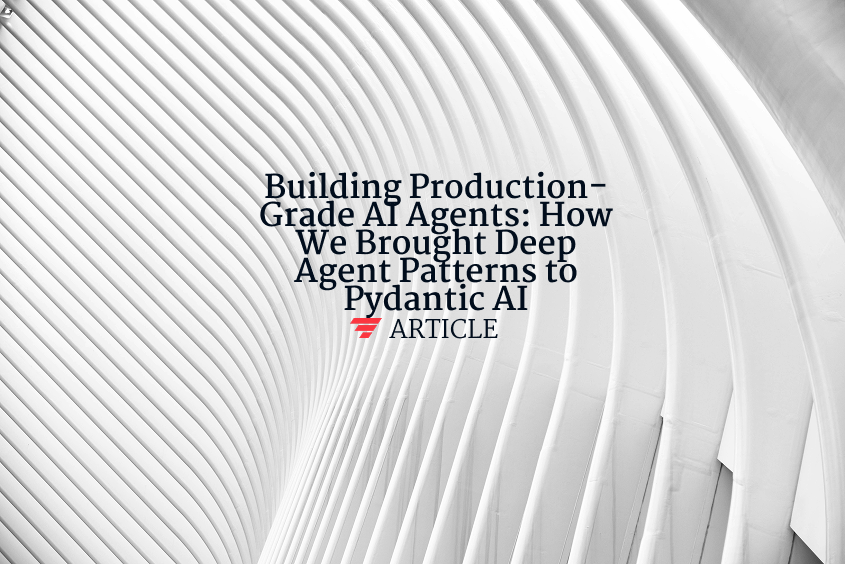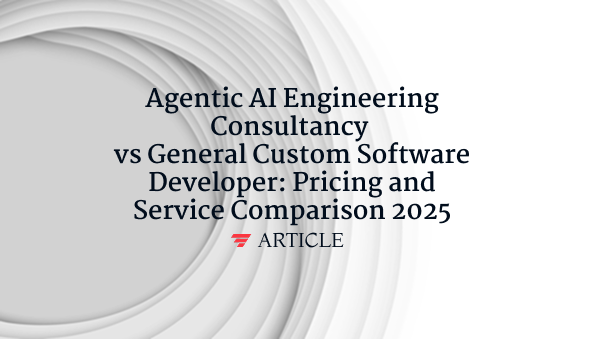What does computer vision do
What does computer vision do encompasses analyzing, interpreting, and understanding visual information from digital images and videos to enable automated decision-making and intelligent responses. Computer vision performs core functions including object detection and recognition, image classification, semantic segmentation, motion tracking, and depth estimation. The technology processes visual data through convolutional neural networks and deep learning algorithms to extract meaningful patterns, identify objects, measure dimensions, and analyze spatial relationships. Key capabilities include real-time video analysis, quality inspection, facial recognition, optical character recognition, and scene understanding. Computer vision enables autonomous navigation, medical image analysis, manufacturing quality control, security surveillance, and augmented reality applications. The technology converts unstructured visual data into structured information that machines can process and act upon. For AI agents, computer vision provides essential perception capabilities enabling environmental awareness, object manipulation, visual reasoning, and autonomous interaction with physical environments.
Want to learn how these AI concepts work in practice?
Understanding AI is one thing. Explore how we apply these AI principles to build scalable, agentic workflows that deliver real ROI and value for organizations.




